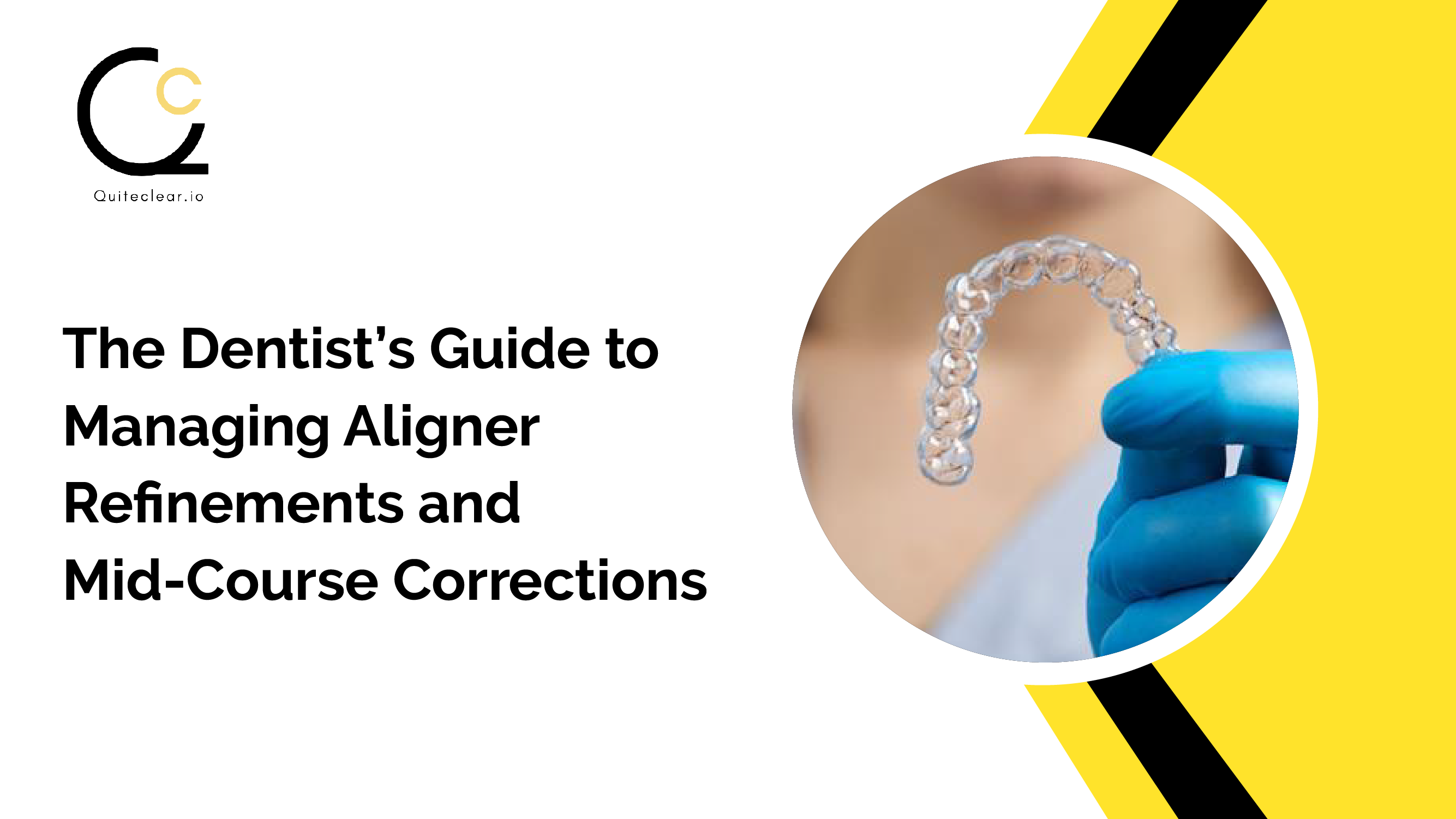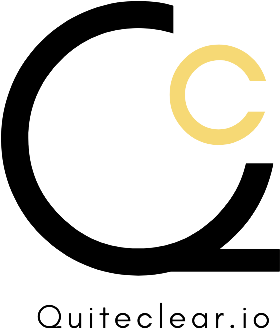The Dentist’s Guide to Managing Aligner Refinements and Mid-Course Corrections

Clear aligners have transformed modern orthodontics, offering patients a discreet, comfortable, and highly effective way to achieve straighter teeth. However, even the most carefully designed treatment plans sometimes require adjustments to stay on track. That’s where aligner refinements and mid-course corrections come in—two essential tools for ensuring treatment success.
For dental clinics and orthodontic professionals, mastering the when, why, and how of these adjustments is critical to optimizing outcomes, improving patient satisfaction, and maintaining clinical efficiency. This comprehensive guide explores everything you need to know to manage these pivotal moments in clear aligner therapy.
What Are Aligner Refinements and Mid-Course Corrections?
Aligner Refinements: Refinements are typically required at the end of the initial series of aligners. Even after a patient completes their last tray, their teeth may not be perfectly aligned as planned. In such cases, a refinement involves:
- Taking new digital scans or impressions
- Creating a revised treatment plan
- Fabricating a new set of aligners to achieve the final desired tooth positions
This stage is essential to fine-tune the results and ensure patient satisfaction
Mid-Course Corrections: Mid-course corrections happen during the active phase of aligner treatment, usually when the teeth are not “tracking” according to the digital treatment plan. Common causes include:
- Patient non-compliance (not wearing aligners for 22 hours/day)
- Attachments debonding or falling off
- Inaccurate aligner fit
- Unexpected biological response or tooth movement variation
Mid-course corrections require a reassessment of the current tooth positions and adjustments to the treatment strategy.
Why Aligner Refinements and Corrections Matter?
Although they may appear as detours, refinements, and corrections are critical checkpoints in successful clear aligner therapy. Here’s why they matter:
Improved Treatment Outcomes: They ensure alignment meets both functional and aesthetic goals.
Patient Satisfaction and Trust: Transparent communication during these corrections builds confidence and trust.
Clinical Control: Dentists retain full command over the treatment, even when deviations occur.
When Should You Plan for Refinements or Mid-Course Corrections? To proactively manage your aligner cases:
- During Initial Consultation: Set expectations by informing patients that refinements are common and may extend treatment.
- At Routine Check-Ups: Monitor tooth tracking using intraoral scans and aligner fit assessments.
- Using Progress Photos: Compare actual progress with the original digital treatment simulation.
- Listening to Patients: Take note of complaints about discomfort, spacing, or loose aligners.
Key Steps to Manage Mid-Course Corrections
- Identify Tracking Issues Early
- An aligner might rock from one side when the patient opens mouth for activities such as drinking water or to speak. The aligner will be too tight to wear comfortably.
- Verify Patient Compliance
- Ask about the daily wear duration
- Reiterate the importance of wearing aligners for 22 hours a day
- Take New Records
- Perform updated intraoral scans or impressions
- Capture new photos
- Submit for a Revised Treatment Plan
- Share updated records with your aligner manufacturer
- Clearly indicate the current issues and desired changes
- Communicate with the Patient
- Explain the reason for the correction and the next steps
- Reassure them that adjustments are a routine part of treatment
Best Practices for Handling Aligner Refinements
Integrating refinements into your workflow can significantly reduce delays and miscommunication:
- Build in Buffer Time: Let patients know refinements could add 2–3 months to the timeline.
- Re-Bond Attachments: Ensure any dislodged attachments are reapplied before new scans.
- New attachments: If a certain tooth movement hasn’t taken place as planned, New attachments/buttons on teeth will help give the desired push/pull or torque for the necessary movement in the tooth.
- Maintain Detailed Records: Document each phase of the treatment to track deviations and changes.
- Evaluate Occlusion: Monitor how bite alignment may have shifted during the process.
Tips to Minimize Excessive Refinements
While refinements are common, their frequency can be reduced by taking these preventative steps:
- Capture Accurate Initial Records: High-resolution scans and precise planning reduce the need for future corrections.
- Partner with a Reliable Clear Aligner Brand: Choose manufacturers that offer predictable outcomes and efficient support, and most importantly, quality aligners made using trusted clear aligner plastics from trusted brands such as Zendura from Bay Materials, CAPro+ from Scheu, and Erkodur-al from Erkodent.
- Optimize Attachment Design: Proper placement improves movement efficiency, especially for rotations and extrusions.
- Educate Patients Thoroughly: Informed patients are more likely to comply with wear instructions and care guidelines.
Why Choosing the Right Clear Aligner Partner Matters?
Not all aligner systems are created equal. Working with a reliable, clear aligner manufacturer can significantly impact your ability to manage refinements and corrections effectively. Look for a provider that offers:
- Fast Turnaround on Revised Plans
- Responsive and Accessible Support Teams
- Advanced Tooth Movement Tracking Technology
- Streamlined Communication Channels
These features help reduce patient frustration and keep your clinic’s workflow running smoothly.
Managing aligner refinements and mid-course corrections is equal parts clinical expertise and patient communication. With the right systems in place, you can ensure predictable, high-quality results for every case.
By staying proactive, refining workflows, and collaborating with trusted clear aligner manufacturers, dental professionals can confidently guide patients to a successful and satisfying smile transformation, no matter what challenges arise during treatment. At Quiteclear, we understand the urgency for delivering refinements to the patients who are already mid-course or towards the end of the treatment. Our quick manufacturing ensures the patients are not kept waiting and improves overall patient satisfaction, along with the many perks of outsourcing the clear aligner manufacturing to a trusted partner like us, who always deliver an excellent, reliable product of clear aligners in a wide range of thermoforming brands in varied thickness like nobody else does.
